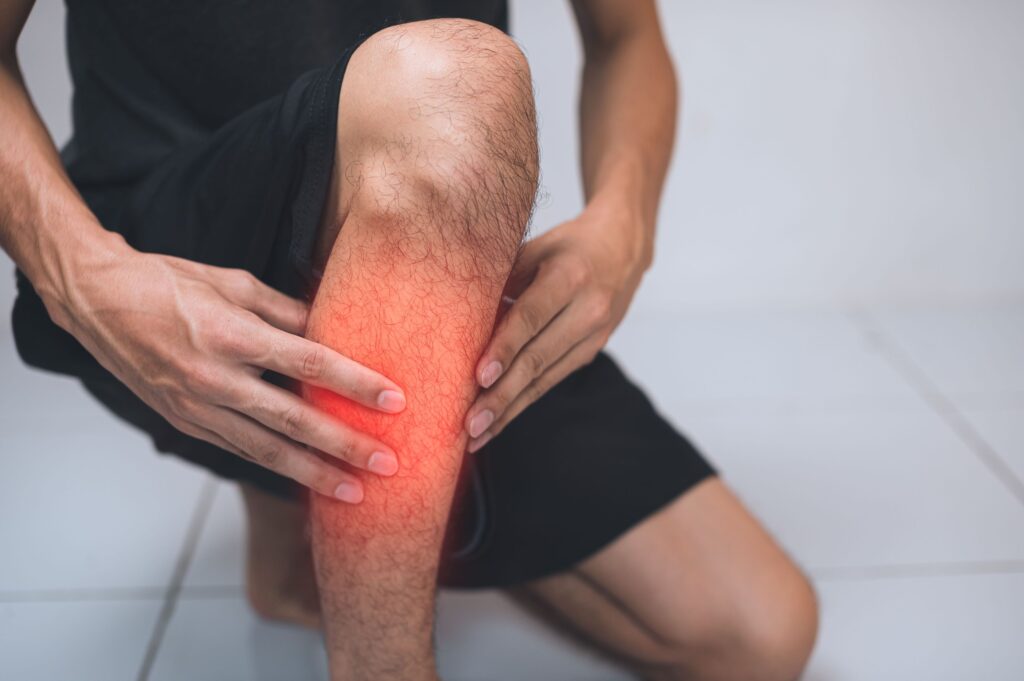FLAT FEET in Children
When a child has flat feet, it means that all parts of the bottom of each foot touch the ground when your child is standing. Older children may have flat feet for a number of reasons. Problems with ligaments, muscles, joints, bones, and the nervous system are all possible causes.
Your child could have flexible flat feet or rigid flat feet.
Flexible flat feet: Most children with flat feet have flexibility in their feet. When a child stands on a flexible flat foot, the arch falls and is flat. The arch comes back when your child raises the big toe. Children with flexible flat feet sometimes walk with their toes pointed inward to help keep their balance. This can cause the soles of the child’s shoes to wear out quickly. Flexible flat feet don’t cause foot pain.
Rigid flat feet: As a child gets older, flat feet may get more rigid or inflexible. If this happens, your child will probably have foot pain.
Your healthcare provider will ask about your child’s symptoms and examine your child’s feet. Your provider will watch how your child walks.
If your child’s feet are painful or far from meeting their milestones, depending on the cause, different treatments might help.
Special shoes or shoe inserts: Special shoes or inserts may help relieve the pain. Shoes or inserts, however, don’t correct any misshapen bones of the feet. That’s why it’s important to have an orthopedic doctor check your child’s feet.
Stretching exercises: Stretching the muscles of the leg may be helpful.
Every child is different and a biomechanical assessment would the best way to determine the best treatment method and outcome for your child.


